Lomo LC-A+ 35 mm Film Camera
Lomo LC-A+ 35 mm Film Camera
- Start your Lomo LC-A+ love affair…right now!
- Renders deep saturation, punchy contrast and shadowy vignettes
- Compact, pocket-sized and robust
- Original Minitar-1 glass lens
- An authentic 80s classic still being produced today
In stock
Highlights

Join the revolution. The Lomo LC-A stands for all things Lomography and unwittingly kickstarted the worldwide Lomographic movement.
The reason why I developed as a photographer is that I had this little camera on me all times, which meant I never missed a photo opportunity.
Kevin Meredith
Hold a piece of history in your hands. The Lomo LC-A cameras are based on a Russian classic and boast a load of new experimental features.
Don’t think too much. The camera kind of has a mind of its own and its happy accidents are often the best results.
Elijah Wood

Renders the ultimate analogue aesthetic with deep saturation, punchy contrast and shadowy vignettes.

The Lomo LC-A+ Book included with every camera is stuffed with inspirational images, shooting tips and a whole lot more.
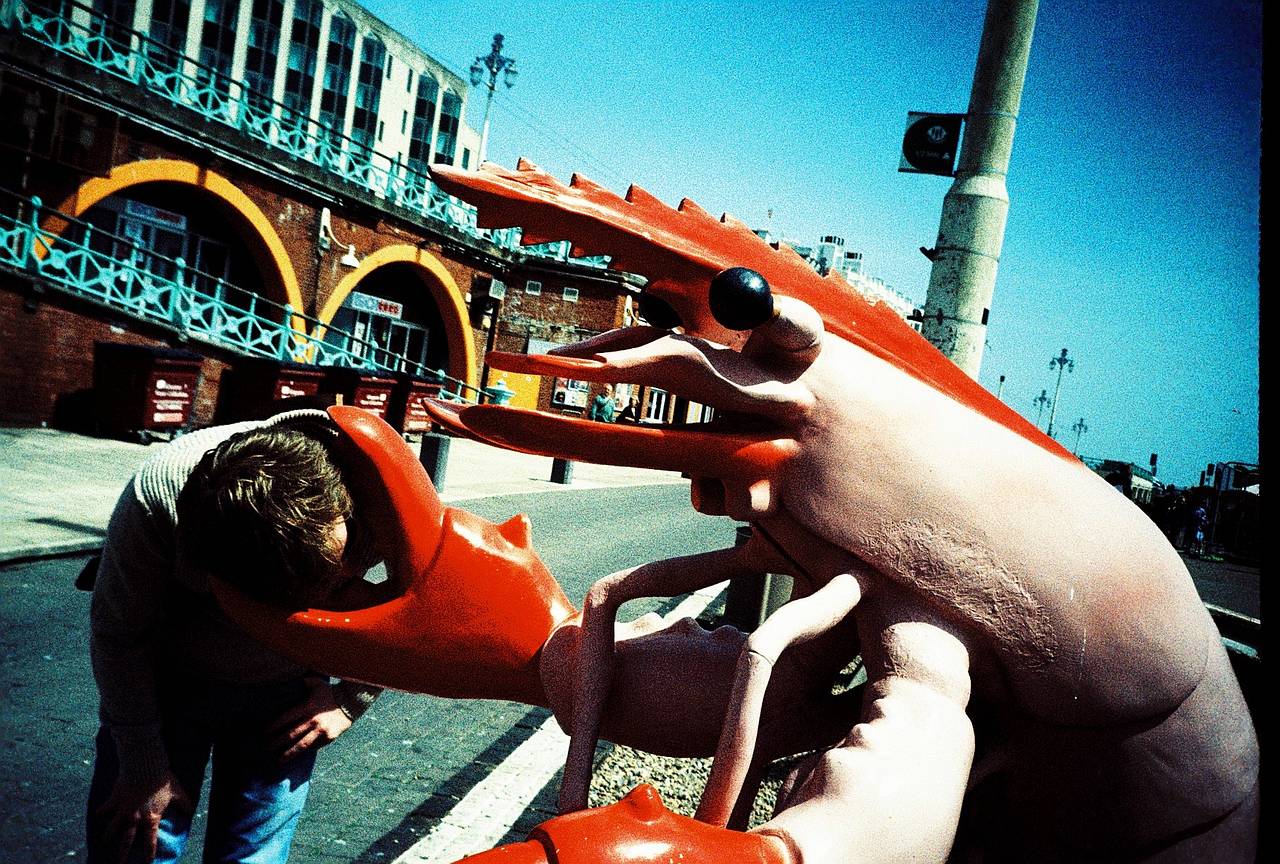
Shoots ultra-vibrant photos with the legendary Minitar-1 32/2.8 glass lens.
The Minitar-1 32 mm f/2.8 is a fast lens, with a solid wide-angle view. The LC-A+ has the same bold colors and extreme contrast that’s characteristic of Lomography, thanks to a special lens coating.
— LA Times

Crafts beautiful multiple exposures with the simple flick of a switch.

Get flashy with it. Thanks to the hot shoe mount you can light up your shots with your favorite flashes.
Hands-free long exposures are easy with the cunning cable release.
The company’s commitment to resurrecting the rich tones, saturated colors, and pure fun offered by old plastic analog cameras spawned a movement that continues to influence photography today.
— Uncrate
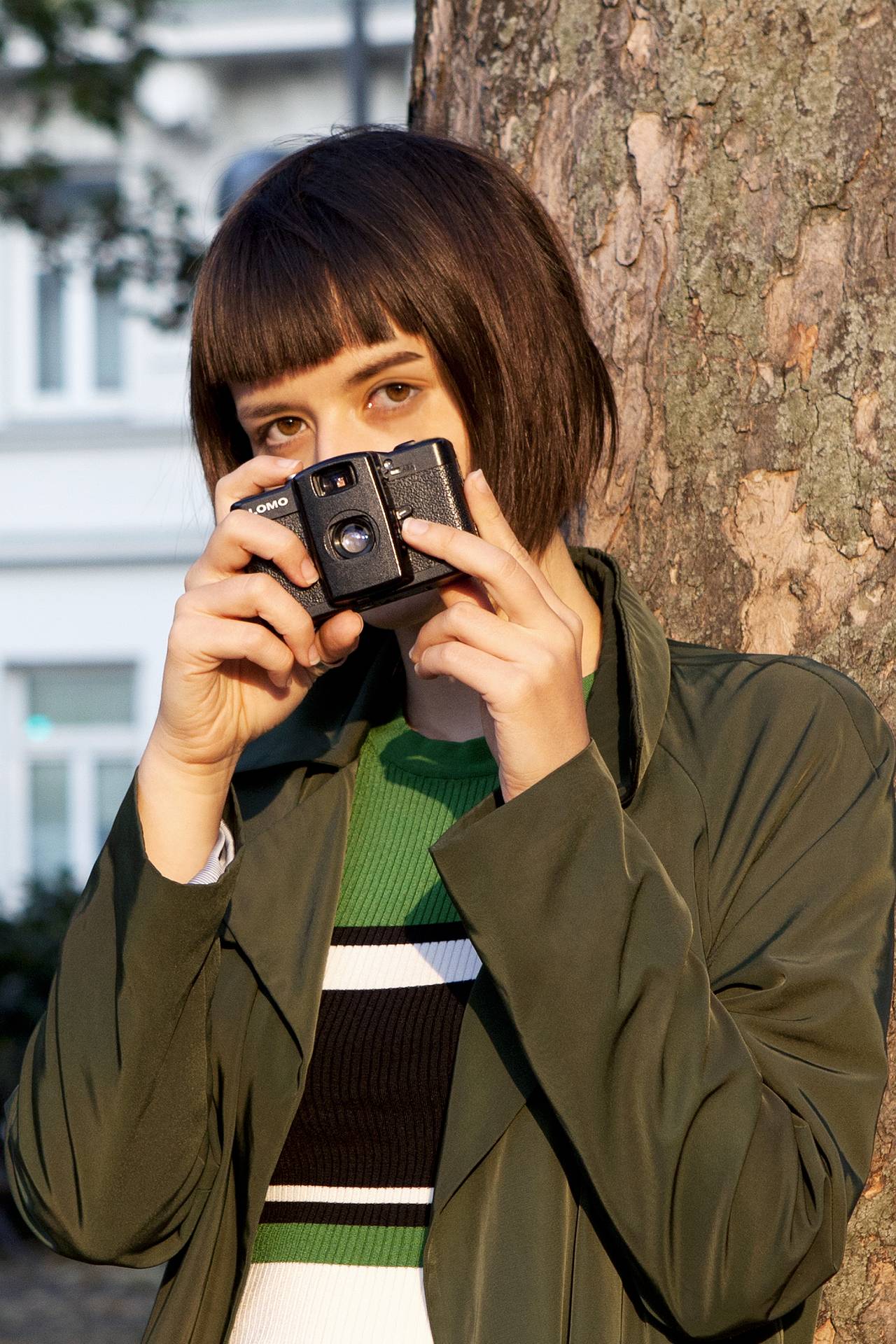
Brand new classic camera at an affordable price. Enjoy all the signature hallmarks of authentic 80s analogue photography safe in the knowledge that your Lomo LC-A+ is brand new and comes with a 2-year warranty.
I came to be attracted by Lomography’s possibilities after I got the LC-A+ and started to learn MX.
Hodachrome

Experiment with LC-A+ accessories as there is a whole exclusive range to choose from including the Krab Underwater Housing, Splizer, Wide-Angle lens and Ringflash.
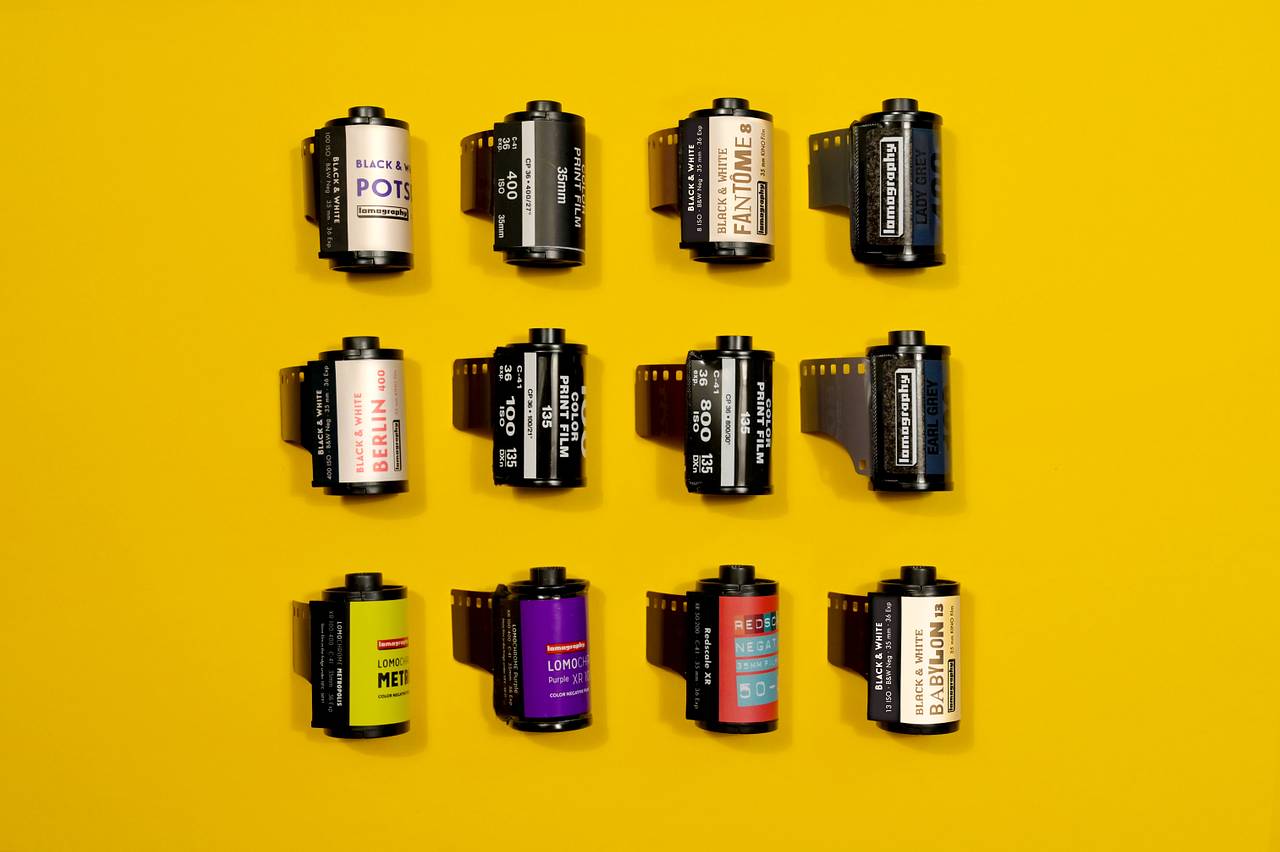
Uses 35 mm film and there’s loads of that around. Check out our full, unique film range.
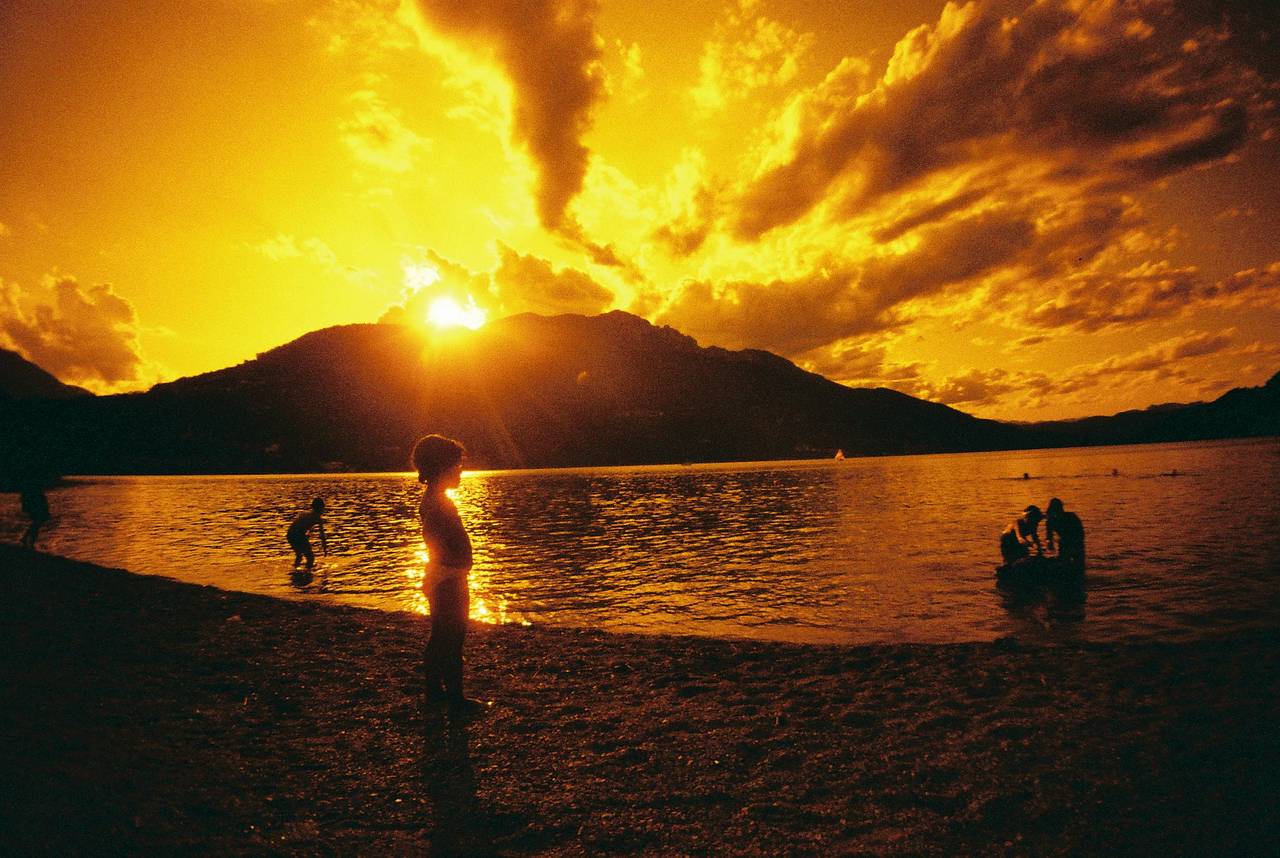
Expanded ISO settings allow you to pick your ISO anywhere from 100 to 1600 so you can shoot mind-blowing photos come day or night.
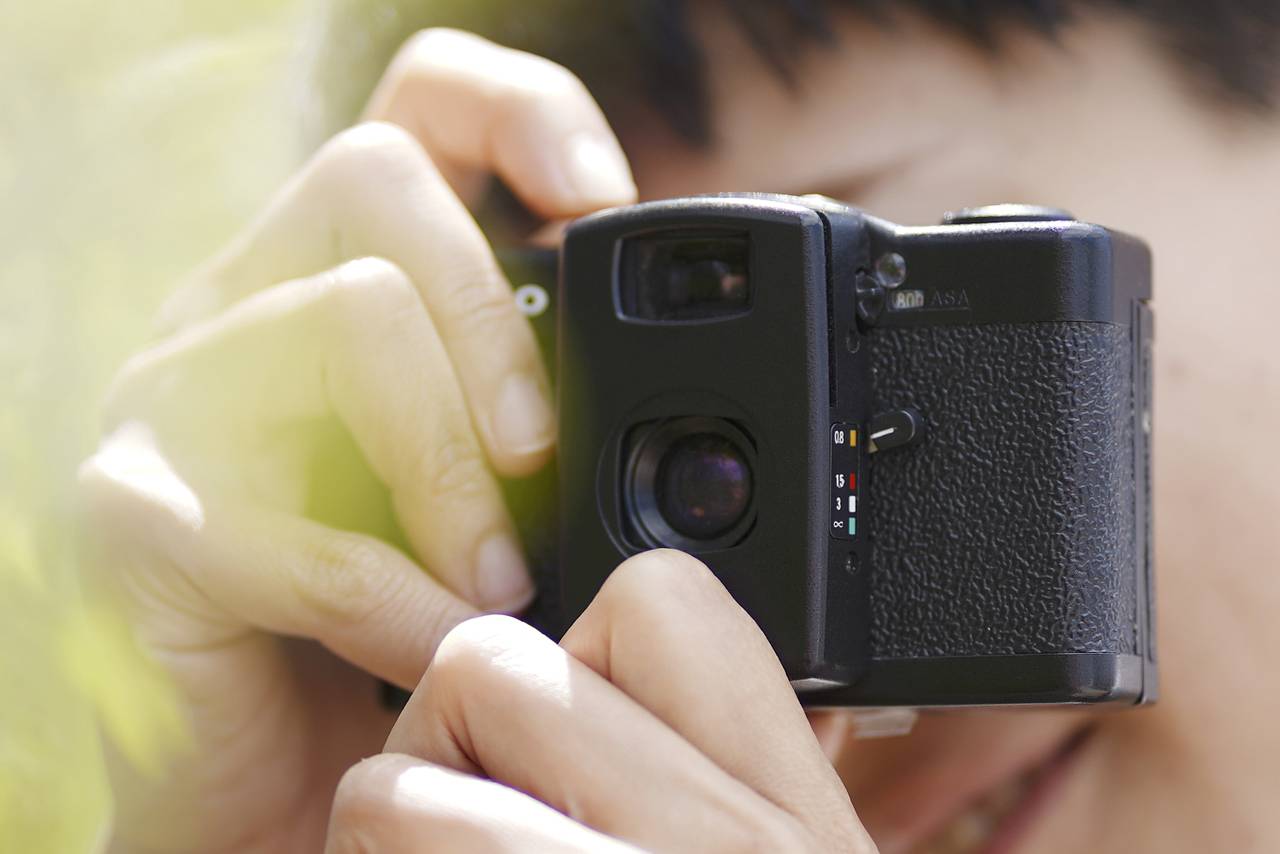
Precise zone focusing lets you choose between four focal ranges with one nifty little lever.
Story
This 35 mm Russian compact classic produces unmistakable photographs bursting with life, deep saturation, punchy contrast and shadowy vignettes that make it a beloved snap-shooting legend across the globe.
This is a seriously spruced up version of Lomography’s first Russian camera, the Lomo LC-A. Signature features which made the LC-A such a sought-after classic – the lightning-fast zone focusing and on-point automatic exposure; the pocket size, robust analogue looks and the all-important Minitar-1 glass lens – were faithfully reproduced and passed on to the LC-A+ and we added a few experimental features of course. Whether you’re an analogue newcomer or a seasoned Lomographer, the Lomo LC-A+ is a must have in any photographer’s arsenal.

History
The whole Lomographic phenomenon began on a sunny St. Petersburg morning back in the 80s. Two gentlemen examined a rather nifty little Japanese compact camera called the Cosina CX-2 and gave orders that an improved copy should be produced en masse for the Soviet people’s snapshooting pleasure. The Lomo LC-A was, in truth, a real (and rather cheeky) copy of the Cosina. It was the greater potential of its sharp glass lens, extremely high light sensitivity and robust casing that impressed the USSR Minister of Defense and the Director of the LOMO Factory. Hence with some tweaking here and there – the Lomo LC-A was born.
1981: The Japanese Cosina CX-2 is released.
1982: LOMO PLC completed the first working sample of the Lomo LC-A in St. Petersburg, the former USSR.
1984: The first Lomo LC-A series went into mass production. Initially, 1100 units were manufactured each month, solely for the Russian market. The Lomo LC-A quickly found its way into the hearts and pockets of the photograph-enthused Russians and after a short time was exported to then Communist countries such as Ukraine, Poland, Czechoslovakia and even Cuba.

1991: Weakened by flashy imports from Asia, the Lomo LC-A was out of production and available only at quirky, old-school camera shops. However, it was at an establishment such as this that a group of Austrian students discovered the Lomo LC-A in Prague, Czechoslovakia and their passion for relentless experimental shooting began. They wandered through the capital taking in the newfound Czech democracy.
1992: After seeing its incredible images, the demand on the streets for a Lomo LC-A camera exploded! Soon, the best sources (and worst-guarded security posts) of the former Eastern Bloc were employed for the clandestine import of these little wonders. The Lomographic Society was founded in Vienna, with the aim of spreading the message of Lomography throughout the globe. Exhibitions, parties, workshops and tours helped to expose as many willing participants as possible to the Lomographic lifestyle. The whole progression was more spontaneous and reactive than could have ever been predicted. There was one little problem with this gloriously expanding demand – an ever-diminishing supply of the Lomo LC-A. To find the solution, our intrepid “Wieners” journeyed to the horse’s mouth – the LOMO Optics factory of St. Petersburg. Relating the news of the worldwide Lomographic explosion, the Society members successfully convinced the LOMO factory heads to begin full production of the amazing Lomo LC-A once again – ensuring that all the hungry Lomographers across the world would be guaranteed a steady supply of this Russian analogue wonder.

1994: Disaster struck and all camera production at LOMO PLC was stopped. As only 30 employees were working on the Lomo LC-A, production of the camera was discontinued and the entire department was shut down. At exactly this point, just as the future of the LOMO PLC factory was more uncertain than ever and approximately 15,000 workers were forced to leave the company, a group of fresh-faced Lomographers went to Moscow to present an exhibition of their Lomographs.
1995–1997: The future of the Lomo LC-A was negotiated in St Petersburg. For the time being, LOMO PLC delivered 1,000 cameras each month to Austria. However, as the young Austrian business grew quickly and Lomographers demanded more cameras, the price per camera was suddenly raised by 50% in St Petersburg! This was due to the fact that the former Soviet Union split, energy prices rose and production as a whole significantly changed for Russian enterprises, which were now in the capitalist world. Tough negotiations followed and the Lomographers found themselves sat in front of the Vice-Mayor of St Petersburg – a chap named Vladimir Putin – who convinced the LOMO PLC officials to recalculate and finally in 1997 production of the Lomo LC-A was resumed.
2005: Early in the year, the Lomographic Society received some dire news. The LOMO Optical factory was to cease all production of the Lomo LC-A camera. As their overall production became more specific and high-tech, they could no longer support the small niche fabrication of a single (yet priceless) little camera. At first, the Lomographers were crushed by the news – but a plan soon came together. We would re-build a new Lomo camera incorporating both the beloved features of the original and a whole host of new tricks.
2006–2007: The Lomo LC-A+, an enhanced version of the original Lomo LC-A, is released. It bore all the characteristic qualities of its ancestor plus new awesome features to boot. This copy of a copy of a copy is now almost entirely produced in China.
2009: The Lomo LC-A’s first 25 years were wholeheartedly celebrated with the release of the LC-A+ 25th Anniversary and a South Korean-designed “No Nukes” limited editions as well as parties, projects, workshops and all manner of Lomographic happenings.
2010: Two limited editions were created – the LC-A+ White & the LC-A+ Gold. Also in this year, 10 groups of film-fanatics from around the world teamed up to join the great LC-A Race – a race from the four corners of the globe back to Lomography headquarters in Vienna, armed only with a GPS, a notebook and an LC-A+ camera.
2011–2014: Firstly, we unleashed the world’s widest compact camera, the Lomo LC-Wide; the latest innovation in the LC-A family. Featuring a newly developed 17 mm Minigon-1 Ultra-Wide-Angle lens. Then we went on to launch the LC-A+ Instant Camera turning the iconic LC-A+ and into an instant snap-shooting success.

2021: We celebrated 15 years of the LC-A+ with a host of analogue activity and film-filled offers. With other big manufacturers steadily halting production, the LC-A+ is now the only programmed automatic 35 mm analogue camera still being produced today. This legendary snapper continues to grow in stature and popularity due to its ability to render that legendary analogue aesthetic we all know and love.

A Family Affair
The Lomo LC-A Family grew to include some very prestigious additions including the LC-Wide and LC-A 120 as well as a roster of special limited editions and awesome analogue accessories.

Read All About It
The full riveting Lomo LC-A story can be found in the enormous and encyclopedic LC-A Big Book, along with literally thousands of LC-A photos taken from the world’s Lomographers and the Lomography Worldwide Archive. Two years in the making, this unrivaled visual history and homage to the most charismatic of analogue cameras brings together the complete, never-before-published, 25-year history of the Lomo LC-A. From its creation in 1980s St Petersburg and the struggle to keep production going, through to its Lomographic rebirth in China as the beloved Lomo LC-A+.
Package Contents
- Lomo LC-A+ 35 mm Film Camera
- Cable Release Thread
- Book

